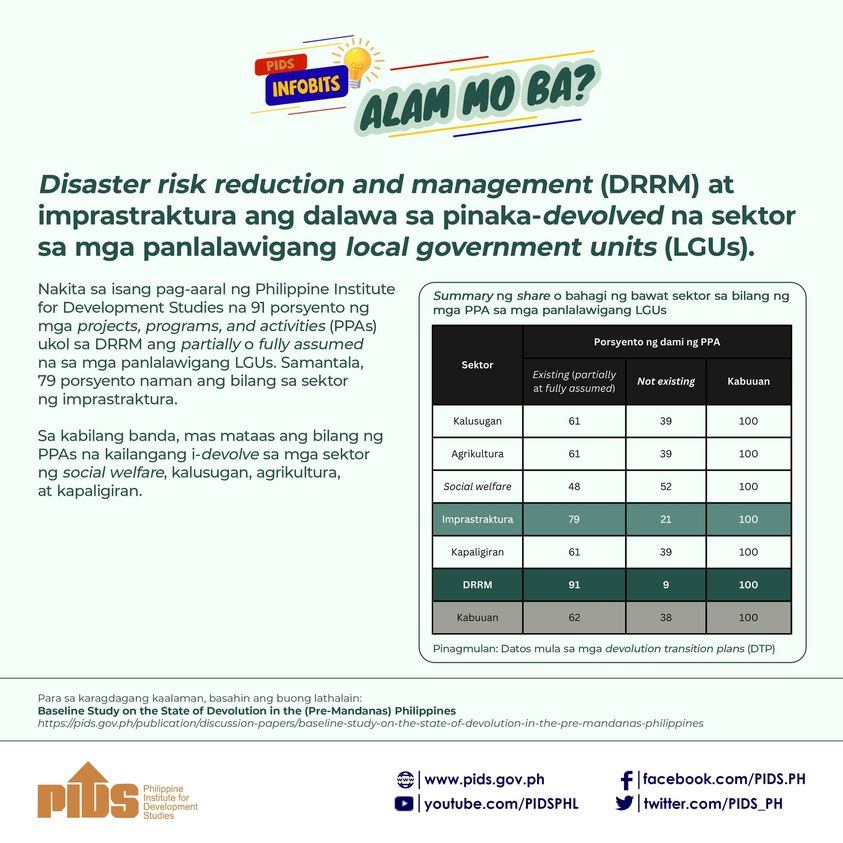PHILIPPINE participation in the Comprehensive and Progressive Agreement for Trans-Pacific Partnership (CPTPP) may result in a decline in gross domestic product (GDP), according to the Philippine Institute for Development Studies (PIDS).
“The decline in the GDP connected with the Philippines’ participation in the CPTPP can be seen in the deterioration of the country’s trade balance. The Philippines gains a positive trade balance when it does not join the CPTPP,” PIDS said in a study.
“This GDP decline will be greater if all other countries interested in the free trade agreement join the block,” the government think tank added.
Signed in 2018, the CPTPP is a free trade agreement involving Australia, Brunei, Canada, Chile, Japan, Malaysia, Mexico, New Zealand, Peru, Singapore, and Vietnam.
In 2021, the Philippines expressed interest in joining the trade deal.
“Since some CPTPP members are the Philippines’ top trading partners, the free trade agreement’s existence — even without the country’s participation — significantly affects the country’s trade,” PIDS said.
If the Philippines joins the trade deal, PIDS said that there is a likelihood of a wider trade deficit due to the accessibility of more imports.
“High value-added industries favored by the existing trade barriers will experience a loss, thus causing a decline in the country’s gross domestic product,” it added.
The Philippines is a net importer. Its trade balance has mainly been in deficit for more than two decades.
In January, the trade deficit widened to $5.74 billion, the highest single-month total since August 2022.
The Development Budget Coordination Committee set a 3% growth target for exports and a 4% growth target for imports for this year.
On the other hand, PIDS said that joining the CPTPP will boost employment of unskilled workers and improving earnings as exports diversify.
“The country can optimize the benefits of CPTPP if the government creates the necessary conditions to improve technology, minimize the costs of export diversification, and differentiate its exports from the rest of the world,” PIDS said.
“The gainers are sectors where the country seems to have a comparative advantage and where firms do not require relatively high skills. The losing sectors are those where labor appears to be more intensive but (whose products are) not highly valued abroad,” it added.
It said that the trade deal could increase employment in Luzon, particularly the National Capital Region and Central Luzon.
“An increase in employment is also (projected) for Western Visayas, Eastern Visayas, Zamboanga Peninsula, and the Bangsamoro Autonomous Region in Muslim Mindanao (BARMM). However, participating in the CPTPP reduces employment for the rest of the country,” it added.
If the Philippines joins the trade deal, the metal, apparel, vegetables and fruits, wool, and leather industries will see an increase in output.
“In agriculture, the rice sector may experience losses, but vegetables and fruits are seen to gain more. In industry, there appear to be substantial gains in metals and wearing apparel but possible losses in the motor vehicle sector,” it added.
PIDS said that the government can mitigate potential losses by increasing the differentiation of the country’s product offerings and producing them more efficiently.
“To increase the benefits from export diversification, the country can increase earnings by improving technology and moving toward more differentiated products. This does not require creating new products but simply indicates producing currently available goods with greater efficiency and lower costs,” it added












